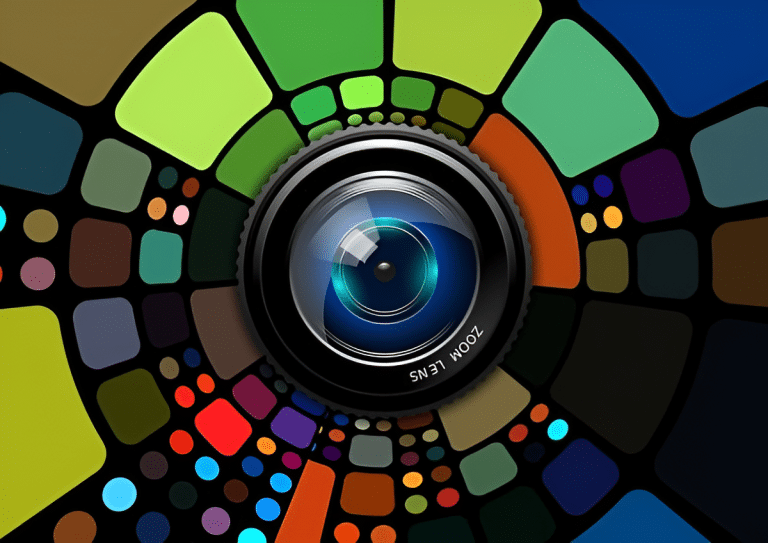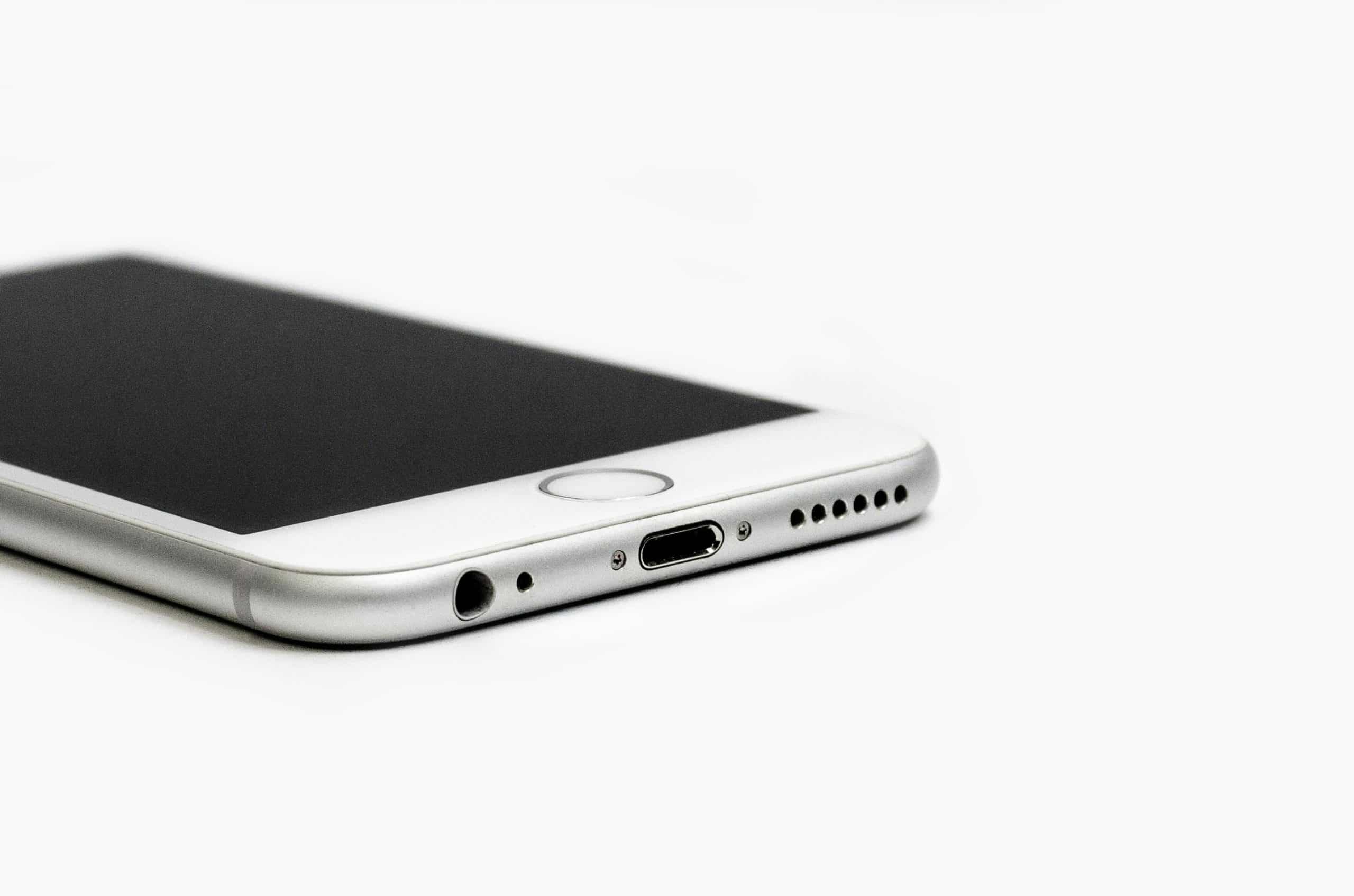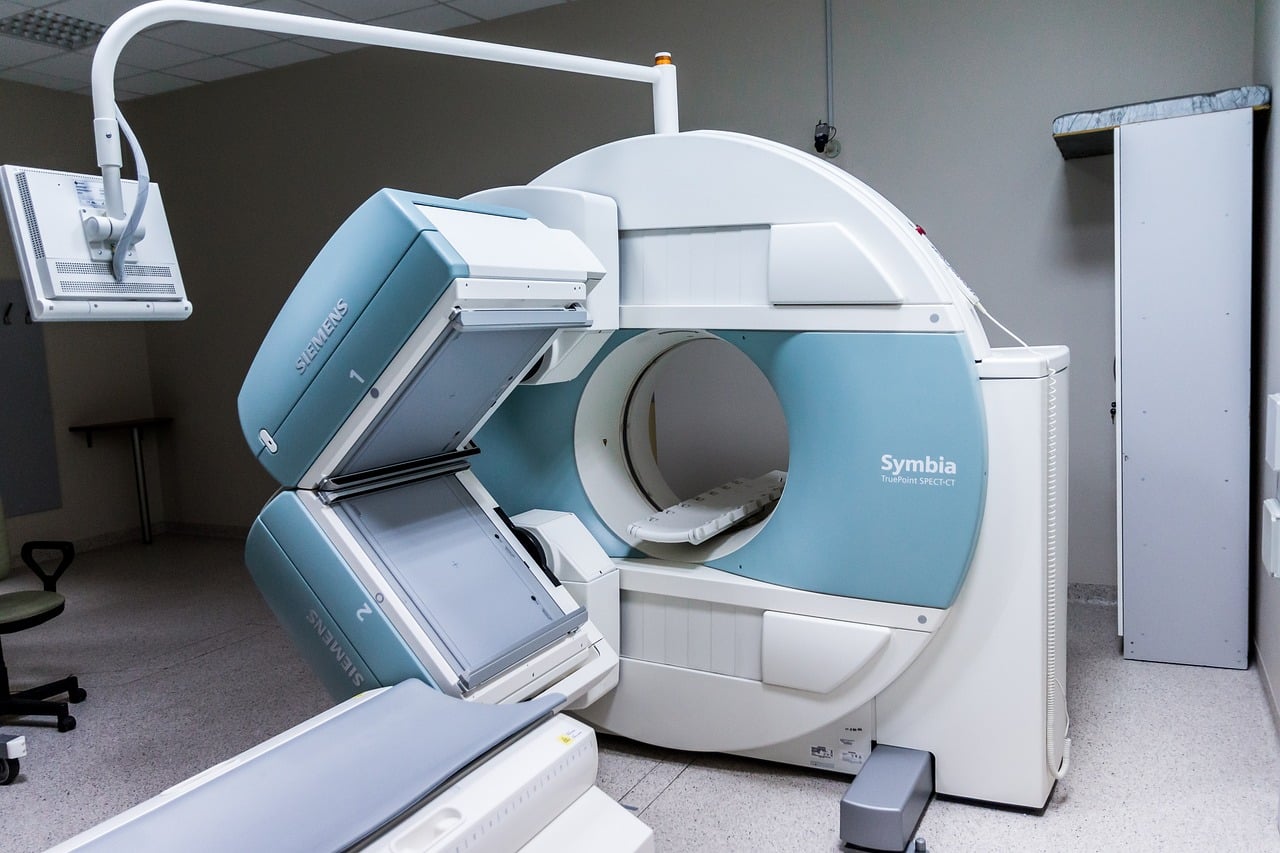The transformation of personal photography was accelerated by the smartphone camera evolution. This shifting paradigm began in the early 2000s and affected the practice of photo taking among people across the globe. An exploration of the evolution of the smartphone camera enables one to appreciate the several technologies and consumer demands that have come to bear on these devices in the last two decades. In this article, five of the author’s choice of interesting facts are presented about the evolution of the smartphone camera.
Early Days of the Smartphone Camera Evolution
These went onto the market with fixed-focus lenses and low megapixels, heralding the first camera phones early in the century. The quality of the resulting photographs was, in general, dishonorable-satisfactory in good light but pitiful in low light. It opened the door of a new era in personal photography: a platform where, instead of needing a proper camera, one just recorded a moment and immediately share these pictures. Early enthusiasts valued this feature and quickly adopted the smartphone camera evolution. A full description of the origin of camera phones can be found in this feature on TechRadar.
The Megapixel Race
As the camera in the smartphone became more proficient, each manufacturer tried to shout out the loudest regarding increased megapixels. Consumers were led to believe that more megapixels were synonymous with better image quality. Over time, the attention shifted to some key areas such as the size of the sensor, the quality of the lens, and low-light performance. Among many enthusiastic photographers, the trend was toward auto-focusing and optical zoom rather than ‘pixel counts’ as part of the evolution in the smartphone camera.
Rise of Computational Photography
Another critical leap in the evolution of smartphone camera development occurred when the multi-objective configuration was used in flagship smartphones. These, for example, now provide customers with wide-angle, telephoto, and ultra-wide lenses. This release allows photographers to grow creativity and versatility in image capturing. Future improvements will probably extend into developing AI capabilities that could further improve their scene recognition and overall judgment on the smartphone camera evolution.
Confirmed Research Findings
Recent studies suggest that smartphones are, indeed, the most used cameras today, and especially students are concerned about this. Approximately seventy percent of media being uploaded to some social platform is produced or shared from a smartphone. The rise of platforms such as Instagram has added fuel to the need for great photos taken through phone cameras, thus the constant growth of the smartphone camera evolution. Some of the other advanced attributes entail real-time filters and editing possibilities.
The nature of the sharing experience has undergone a transformation that ties into smartphone evolution: a mode of documenting experiences and sharing them has become more accessible. Advances in technology mean that even higher-quality cameras developed on smartphones change how people capture and share their stories of daily life. The future of smartphone camera evolution looks bright and has only just begun.
For insights into how regulatory frameworks influence technological advancement, read The 3 Key AI Safety Regulations That Enable Responsible Innovation. For a more comprehensive understanding of the new technologies, read The Rise of Generative AI.








